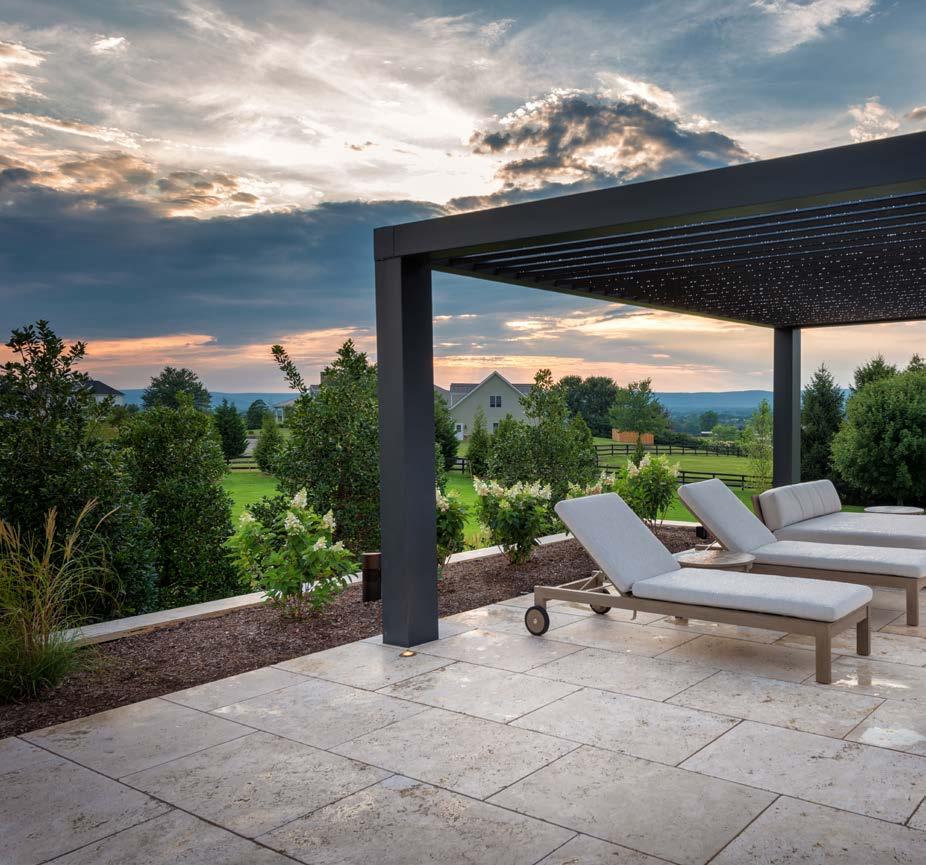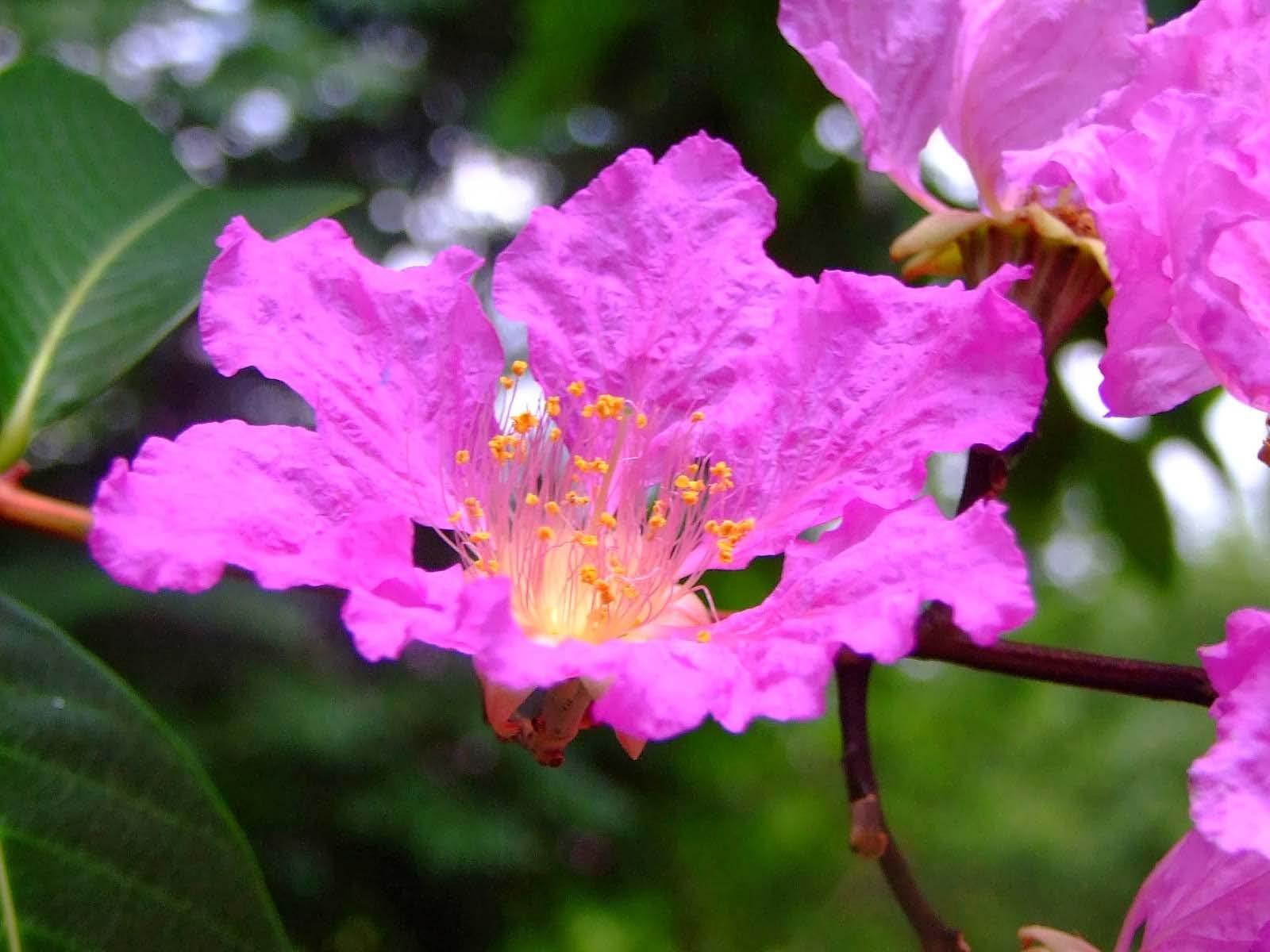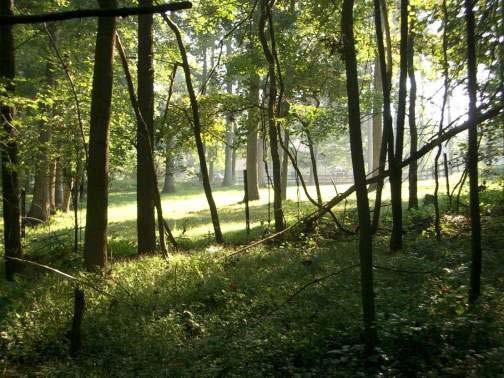Expanding Business Opportunities for the Green Industry in Backyard Woodlots Jonathan Kays, Forestry Extension Specialist, University of Maryland Extension, and Adam Downing, Extension Forestry Agent, Virginia Cooperative Extension
The bread and butter of the landscape industry revolves around providing services to clients for everything from turf, trees, gardens, special plantings and structures, and other elements. A growing interest in natural landscaping and woodland health is creating niche market opportunities. The Uni-
versity Extension organizations in Maryland, Virginia, and Pennsylvania have been using “The Woods In Your Backyard” program to educate small acreage owners about the creation and enhancement of natural areas on their property since 2006. Surveys and frequent inquires reveal that small-acreage owners are seeking service providers to offer services related to establishment and management of natural areas. This kind of business has been referred to as “Land Care,” which is the term that will be used in the remainder of this article as we explore the opportunities and resources of potential interest to green industry business owners.
Expanding a forested area into a lawn using planted tree seedlings with tree shelters to protect from deer browsing. Many years of maintenance are required.
Small-Acreage Landowners Increasing
Demographic and landscape changes have created this opportunity. Rapid development in many areas of the Mid-Atlantic has resulted in the subdivision of farms and woodlands into small acreage/large lot subdivisions. Homeowners who purchase these properties often have questions, however. If I have acres of grass to mow and want to reduce that, what are lower maintenance (but still appealing) options? If I plant trees, what kind should I plant, and how do I protect them from deer browsing? If the property already has woods, the question may be what should I do to maintain or even improve the woodlands health? What can I do to help wildlife or discourage nuisance wildlife? How does one create a trail, control invasive species, manage vines, decide what trees to cut for firewood, etc. W hi le answers and sources of assistance for these questions on larger acreages are generally easily accessed, the same is not true for smaller acreages that fall between large acreage and house-lot size properties. We believe that professionals already working “in the neighborhood” in rural subdivisions represent the best opportunity to both meet the needs and profit from it. While
GROUNDWORK 1 5 M AY / J U N E 2 0 2 0







